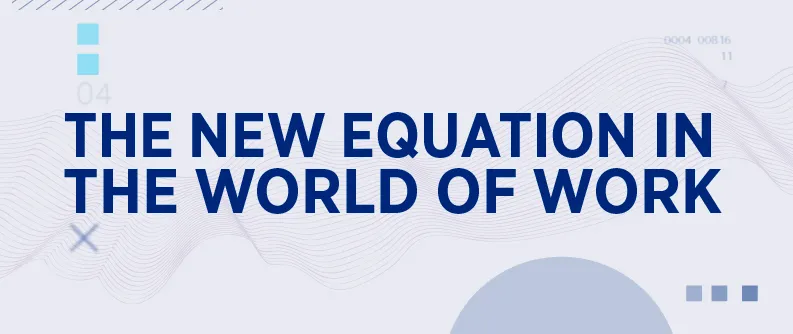Pros and cons of salary transparency

Pay transparency has always been a polarising topic. Some organisations are completely transparent about pay and how it is determined. But others frown upon open salary conversations between staff and consider pay transparency to be a taboo subject. Some even go so far as to ban their employees from discussing pay rates altogether.
In recent years, however, salary increases have stagnated, and employees have become increasingly dissatisfied with their pay rises and current salary. Often, this dissatisfaction stems from a sense that their pay doesn’t reflect their performance, skills or experience.
Such discontent suggests there is a fundamental breakdown in communication between employees and employers regarding how pay levels are set.
Salary transparency is one solution to this mounting dissatisfaction. Pay transparency, whether internal, external or both, allows employees to compare their salary to colleagues and gain reassurance that they are being paid fairly.
Some organisations opt for full pay transparency, where the salary for each role is available. Others elect to reveal partial salary information, such as a salary range for each role.
Either way, there are several pros and cons to pay transparency, which must be thoroughly thought through before coming to a decision about what approach is best for your organisation.
The pros: Is salary transparency a good thing?
It’s important to employees
Keeping salaries secret often only benefits those employees who are the best negotiators. In contrast, pay transparency means each individual salary must be justifiable in the context of all others. So, even if you find yourself with tight salary increase budgets, transparency helps staff see that the overall value of their increase is in line with the general trend across the organisation.
Trust, morale and engagement improves
Pay transparency also helps to raise employee morale and engagement, since staff see that their salary is fair and objective.
Motivation increases
Bias is reduced
While pay gaps have reduced slightly in certain areas in recent years, there is still a long way to go. By sharing pay information openly, organisations are far more likely to correct any salary inequality and explore the reasons behind it.
Candidate attraction improves
Furthermore, salary transparency allows an organisation to share accurate salary messaging with the candidate market. Without this, jobseekers turn to online review sites for salary information from current and former employees – which, depending on each person’s overall employee experience, may not provide the full context.
The cons: What is a disadvantage of pay transparency?
Internal resentment could build
Any pay discrepancies should therefore be rectified before salaries are disclosed. Use a formula that is applied equally so that two or more employees in the same or similar roles with comparable experience will not earn vastly different salaries.
Similarly, established employees need to be ready to have their salaries revealed. Transparency doesn’t work if salaries are shared for some but not all roles. Engage staff and share the reasons for pay transparency to minimise opposition.
Tunnel vision can impact morale
A transparent and clear rationale for how salaries are determined in your organisation therefore must be provided, with managers taking every employee through the different pay levels one-by-one.
As part of this, managers may require training on how to discuss pay with their staff, how salaries are set, how to overcome common objections and how to answer expected questions.
Turnover can rise
Explain pay scales
To make the context for salaries clear, share the data, formula or rationale used to calculate pay levels. Also share any other factors you use to determine salary, such as years of experience, additional duties outside the job description, performance results and successes. By sharing these details, and always applying them equally, employees understand the full picture and see that their salaries are justifiable.
Don’t forget to also compare pay at your organisation to typical salaries in your industry and location. For detailed salary information on current pay for thousands of roles, download our Hays Salary Guide.
Ultimately, transparency can improve trust in employees that they are being paid fairly, close pay gaps and eliminate unconscious or conscious bias in salary decisions. However, transparency may not be for every business, so weigh the pros and cons carefully to make an informed decision that’s right for you.
Search for candidates
Management issues
How to decide who gets a pay rise
Manage the performance of contingent workers
The core skills you need in your talent strategy
Tips for creating a strategic vision
Why you need a succession plan
Diversity, equity, and inclusion activities
Diversity, equity and inclusion
Top tips for creating a strategic vision
Build Agile NZ working environments
Mitigating co-employment risks
Leading people through volatile times
Upskilling for an AI Future report
How to reenergise a tired team
Why is organisational purpose important and how can you define it?
Top tips for managing your multi-generational workforce
Managing your contingent workforce
Your introduction to employee experience
Equality, diversity & inclusion
How to onboard & induct new staff
Are we letting down middle-managers?
Do we need a right to disconnect at work?
How to conduct a performance review
Talent management for on-demand staff
The secret to talent management planning
Whose responsibility is upskilling?
How to offer career progression
Pros and cons of salary transparency


